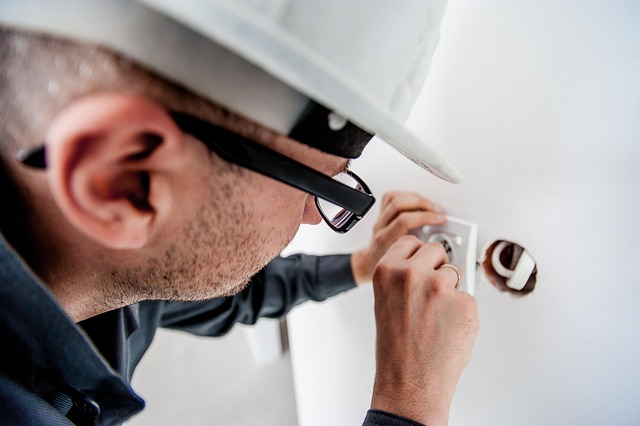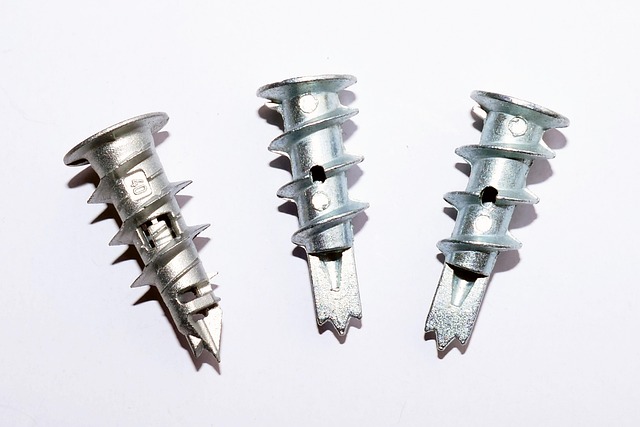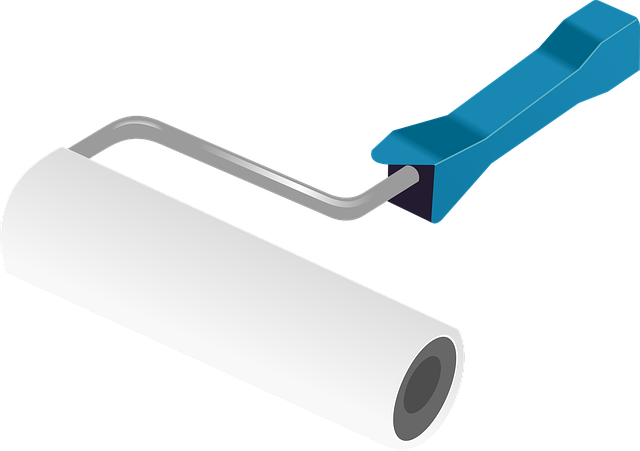Pier foundations, crucial for challenging sites, rely on robust stem wall connections. However, these walls are susceptible to cracking and instability due to soil movement and aging. Regular checks and identifying stem wall damage through signs like cracks or uneven floors are vital. Loamy soils offer optimal support for repair, while sandy and rocky soils pose challenges. Techniques include stem wall repair, re-leveling, hydraulic piles, and material selection like high-quality concrete and steel bars. Following a six-step guide for effective stem wall repair ensures longevity and structural integrity. Regular maintenance focusing on drainage, sealing, painting, and waterproof membranes prevents issues and costly repairs.
“Discovering reliable stem wall repair methods is essential for maintaining structural integrity, especially in older homes. This comprehensive guide tackles the critical topic of pier foundation repair, focusing on stem wall damage and its causes. We explore common issues like settling and shifting soils that compromise these foundations. Learn to identify signs of stem wall damage and understand how soil conditions play a role. From effective repair techniques to material selection, this article provides a step-by-step approach to successful stem wall repair, ensuring your pier foundation’s longevity.”
Understanding Pier Foundation and Common Issues

Pier foundations are a type of structural support system commonly used in construction, especially in areas with limited space or where soil conditions require a more flexible setup. These piers, typically made of concrete or steel, act as columns, transferring the weight of the structure above to the underlying soil or rock. While pier foundations offer numerous advantages, they can also be prone to specific issues over time.
One of the most common problems is stem wall repair. The stem walls, which are the vertical elements connecting the piers to the building, can crack or become unstable due to shifting soil, differential settling, or age-related deterioration. Other concerns include pier tilt, where the piers lean or shift out of alignment, and structural instability caused by poor initial installation or damage from environmental factors like earthquakes or extreme weather events. Prompt identification of these issues is crucial for ensuring the long-term integrity and safety of structures built on pier foundations.
Identifying Stem Wall Damage: Signs and Symptoms

Identifying stem wall damage is a crucial step in pier foundation repair. Signs and symptoms can include visible cracks or bulges in the wall, uneven floors, doors that stick or swell, and walls that are not straight. These issues often indicate problems with the stem wall, which serves as the critical connection between the foundation and the superstructure of a building.
Close inspection may reveal shifts in the structural integrity of the stem wall, highlighting the need for professional assessment and prompt stem wall repair. Timely intervention can prevent further damage to the foundation and ensure the safety and stability of the entire structure.
The Role of Soil Conditions in Pier Repair

The stability and integrity of a pier foundation heavily rely on the soil conditions in which it’s anchored. Different types of soil offer varying levels of support, making some more suitable for pier repair than others. Loamy soils, for instance, provide an ideal balance of strength and flexibility, facilitating efficient stem wall repair processes. Conversely, sandy or rocky soils can be challenging, as their lower density and lack of cohesion might compromise the structural integrity during repairs.
Proper assessment of soil conditions is a critical step in effective pier foundation repair. Understanding the soil’s composition helps engineers and contractors choose the right techniques and materials for reinforcement. For instance, introducing geogrids or other soil stabilization methods can improve load-bearing capacity in loose or unstable soils, ensuring the longevity and safety of the repaired structure.
Techniques for Effective Pier Foundation Repair

Pier foundation repair involves a range of techniques tailored to address specific issues. One common and effective method is stem wall repair, which focuses on reinforcing or replacing the vertical supports, known as stem walls, that hold up the foundation. This process begins with an thorough inspection to identify the extent of damage, followed by the removal of any weakened or deteriorating sections of the stem wall. Once the damaged areas are cleared, new structural elements are installed, often using advanced materials like steel beams or reinforced concrete to enhance stability and longevity.
The repair process also includes re-leveling the foundation, ensuring that each pier is aligned correctly and evenly distributed weight. This may involve adjusting the soil beneath the foundation through techniques like mud jacking or underpinning, which can help realign shifted structures. Additionally, hydraulic piles might be driven into the ground to provide further support, especially in areas with unstable soil conditions. These methods collectively aim to restore the structural integrity of the pier foundation, guaranteeing a safe and secure living environment for homeowners.
Choosing the Right Materials for Longevity

When undertaking pier foundation repair, selecting the appropriate materials is paramount for ensuring longevity and structural integrity. The choice of materials should align with the specific needs of your stem wall repair, taking into account factors like climate, soil conditions, and load-bearing requirements. High-quality concrete, for instance, offers exceptional durability in various environments but may be costlier than alternative options.
Steel reinforcement bars are another crucial component, enhancing the strength and stability of the foundation. They should be selected based on their grade and diameter to match the repair’s demands. Properly chosen materials not only safeguard against future repairs but also contribute to the overall resilience of your property, especially in regions prone to seismic activity or extreme weather conditions.
Step-by-Step Guide to a Successful Stem Wall Repair

Pier foundation repairs are often necessary for stem wall stability and longevity. Here’s a straightforward, step-by-step guide to ensure a successful stem wall repair:
1. Inspection & Assessment: Begin by thoroughly inspecting the stem wall and piers for signs of damage or settlement. Identify weak spots, cracks, or uneven surfaces. This initial evaluation guides your repair approach and scope.
2. Preparation: Once identified, prepare the area surrounding the damaged stem wall. Clear debris, secure loose materials, and ensure access to facilitate efficient repair work. Safety precautions, including protective gear, are essential during this phase.
3. Pier Stabilization: If piers are leaning or unstable, use jacking systems to safely elevate and stabilize them to their proper height. This step ensures the structural integrity of the entire foundation system before repairs begin.
4. Repair Method Selection: Depending on the damage, choose an appropriate repair method: carbon fiber wraps for cracks, steel plates for reinforcement, or complete pier replacement if necessary. Consult a professional for expert advice tailored to your specific situation.
5. Execution: Apply chosen repair methods accurately and meticulously. For carbon fiber wraps, ensure proper bonding with adhesive. Steel plates should be securely fastened with appropriate hardware. Follow manufacturer guidelines for all products used.
6. Final Inspection & Monitoring: After repairs, conduct a final inspection to verify the work’s quality and effectiveness. Monitor the stem wall and piers over time for any signs of future issues, ensuring long-term stability and peace of mind.
Preventative Measures: Maintaining Your Pier Foundation

Regular maintenance is key to preventing pier foundation issues. One of the primary preventative measures is ensuring proper drainage around your structure. Any standing water or moisture buildup can accelerate wood decay, compromising the stability of the pier and potentially leading to costly repairs like stem wall repair. Regularly inspect your pier for signs of damage, rot, or weak spots, addressing these issues promptly before they escalate.
Implementing preventive measures such as sealing and painting metal components, treating wooden parts with preservatives, and using waterproof membranes where applicable can also protect against environmental elements. Regular cleaning and maintenance routines, including checking for loose connections and replacing worn-out components, contribute to the longevity of your pier foundation, saving you from extensive repairs in the long run.
